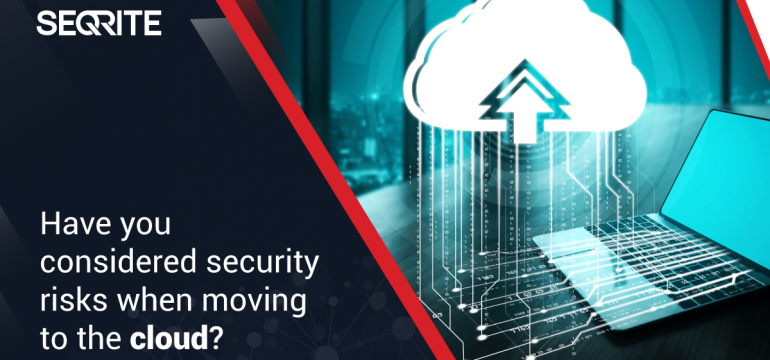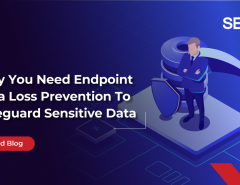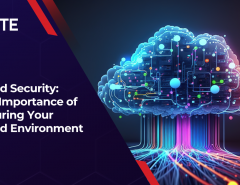Enterprises are increasingly migrating operations to the public cloud, enthused by the many benefits it offers. By embracing cloud competencies, enterprises can become leaner and faster, enabling their employees to access information and services from wherever they are. It can also reduce costs by shrinking the number of physical data centres that an organization requires.
However, before leaping onto the cloud, enterprises must evaluate the risks of cloud migration. Every organization has different needs — a successful use case of cloud migration at another company, even one within the same industry, does not necessarily guarantee that a similar approach will work for another organization. Cloud migration has various inherent risks and it is important for IT teams considering moving to the cloud to carefully evaluate all the issues that may arise.
Hybrid strategy
A key question an enterprise must ask before moving towards cloud migration is whether to adopt a hybrid strategy that involves some data remaining on company servers. The European Union’s General Data Protection Regulation (GDPR) mandates that critical sensitive data cannot be kept on public cloud platforms. The regulations vary from territory to territory and may also depend on the type of data the organization captures. A cloud migration strategy must carefully take into the equation the data that can be migrated and the data that has to be kept on physical data servers.
Assigning responsibilities
Migration of data to an external cloud service provider automatically involves some sharing of responsibilities. When an enterprise stores data on its servers, it has full control of its data and can assign controls accordingly. On the cloud though, the service provider is also responsible for the data stored on its servers. Considering the security risks associated with cloud migration, there must be a clear understanding and assignment of responsibilities between the enterprise and the service provider.
Avoiding security pitfalls
Moving to the cloud offers various benefits. However, it is also important for enterprises to be cognizant of the fact that security risks like data leaks, insecure APIs and insider threats can crop up. A competent and comprehensive cloud security policy that allocates and divides responsibilities between the service provider and the enterprise can considerably help in reducing these dangers.
Seqrite, a leader in offering information technology security services globally, can help organizations navigate the complexities of public cloud migration through its state-of-the-art Endpoint Security Cloud solution. It’s a simple and comprehensive cloud-based endpoint cloud security solution that enables an enterprise to manage security for multiple endpoints remotely.
Seqrite Endpoint Security Cloud requires minimal technical expertise to operate as it is hosted on a cloud and is upgraded automatically, hence requiring no resource involvement. Product upgrades are automatically rolled out to all endpoints, enabling faster updates. Despite its simplicity, the product incorporates a variety of powerful features, including Advanced Device Control, Data Loss Prevention (DLP), Asset Management, Intrusion Detection/Prevention System (IDS/IPS), etc., in a centralized, user-friendly interface.
Businesses can also explore Seqrite Cloud depending on their needs.





No Comments